Sep 11, 2025
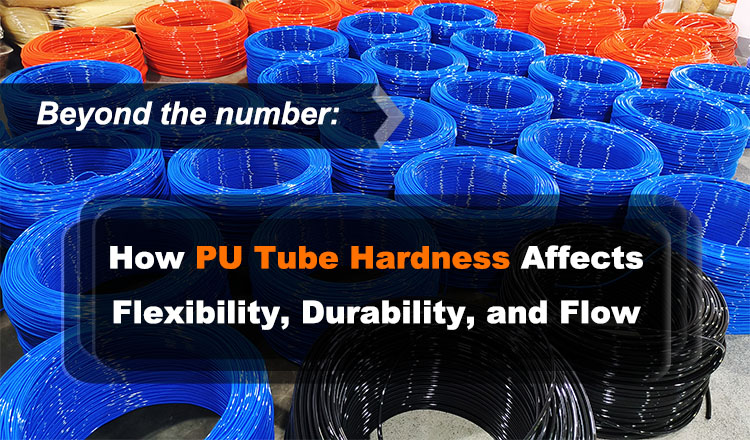
Hardness is one of the most critical performance indicators for plastic tubing. It not only determines the mechanical behavior of the tube but also significantly affects its application scenarios. Through research, the FOKCA team has found that information on plastic tubing hardness is relatively scarce in the market, which leads many buyers to overlook its influence when selecting tubing. This article introduces the hardness of PU tubing from multiple perspectives to help readers better understand its significance and make more informed choices.
On PU tubing specifications or promotional materials, you may have seen the marking “98A”, which indicates the tube’s hardness rating.There are many methods for measuring hardness, such as Brinell or Rockwell hardness. However, in the hose industry, Shore hardness is commonly used.
Shore hardness is measured with a Shore durometer. The principle involves pressing a specific indenter into the material’s surface under a defined force. The penetration depth determines the hardness value.A lower value indicates softer material, better elasticity, and easier deformation.A higher value indicates harder material, greater rigidity, and higher resistance to compression.
Two Common Types of Shore Hardness:
Shore (HA): For softer materials such as rubber, soft plastics, and foams (range: 0–100 HA).
Shore D (HD): For harder materials such as rigid plastics and polyurethane (range: 0–100 HD).
There is no exact conversion between Shore A and Shore D hardness, but practical approximations are often used:
D ≈ A – 50
A ≈ 0.173D + 86.58
Now that we understand what 98A means, how do different hardness levels affect PU tubing performance and application suitability?
Flexibility: Lower hardness offers greater flexibility and smaller bending radius, ideal for routing in tight spaces. Higher hardness requires more force to bend and creates greater internal stress, which may reduce service life or cause cracking.
Resilience: Resilience refers to the ability of the material to return to its original shape after deformation. PU tubing inherently has good resilience. However, low-hardness tubing may kink under extreme bending or compression, reducing flow. Medium- to high-hardness tubing maintains consistent flow paths.
Abrasion Resistance: One of PU tubing’s most outstanding properties. High-hardness PU tubing is especially suitable for abrasive material transport or applications involving frequent dragging across the floor. While lower hardness PU tubing is still superior to many plastics, it is less resistant compared to higher hardness grades.
Pressure Resistance: Hardness directly reflects resistance to deformation. High-hardness PU tubing withstands higher pressures and expands less under load, minimizing energy loss. This makes it more suitable for high-pressure systems.
Pneumatic Systems: For general applications, 90–95A is recommended, offering a balance of abrasion resistance, pressure resistance, and flexibility. For high-pressure or heavy-duty applications such as dust blow guns, 98A is preferable.
Material Transport: Selection depends on abrasion resistance. For transporting abrasive media (e.g., sand, wood chips, metal shavings), high-hardness PU tubing is essential to ensure durability and prevent wear-through.
Low-Temperature Environments: All polymers harden and become brittle at low temperatures (glass transition). However, tubing with lower initial hardness retains flexibility better in the cold, making it less prone to cracking compared to high-hardness tubing.
Fokca is a professional manufacturer specializing in various pneumatic components. We offer a wide range of hoses in various colors, models, and materials, including hardness options such as 90A, 95A, and 98A, etc..If you need more details, please visit our Product Page.
Additionally, check out our Blog Page, where we provide in-depth articles, images, and videos to help you better understand Pneumatic Tubes.
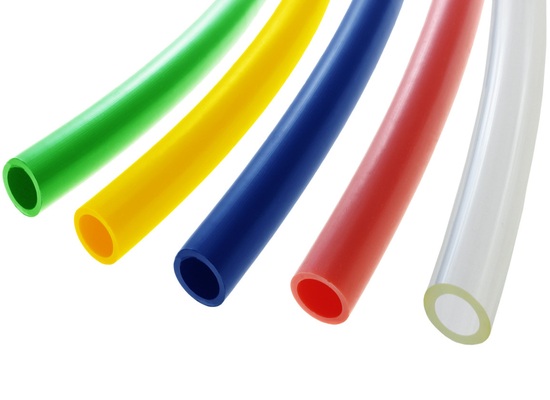 Everything You Need to Know Before Buying Polyurethane Tubing
Everything You Need to Know Before Buying Polyurethane Tubing
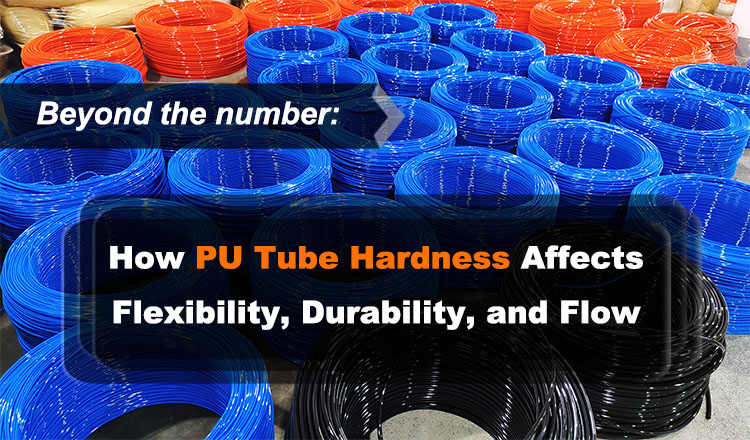 Beyond the Number: How PU Tube Hardness Affects Flexibility, Durability, and Flow
Beyond the Number: How PU Tube Hardness Affects Flexibility, Durability, and Flow
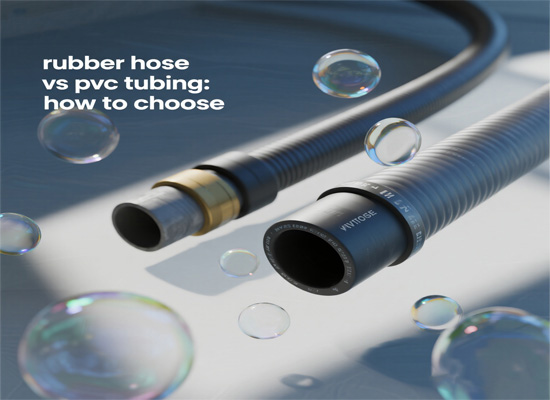 Rubber hose vs. PVC tubing How to choose?
Rubber hose vs. PVC tubing How to choose?
 Nylon vs Polyethylene:Which type of tubing is better for you
Nylon vs Polyethylene:Which type of tubing is better for you
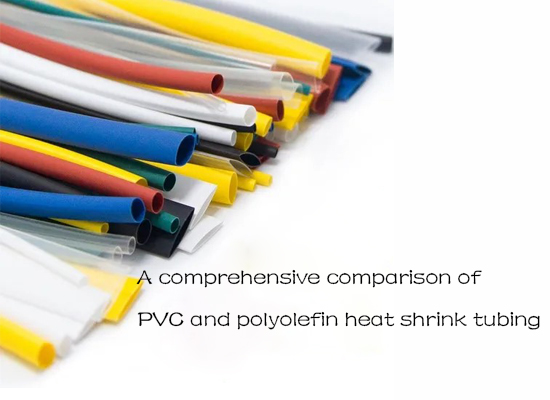 A comprehensive comparison of PVC and polyolefin heat shrink tubing
A comprehensive comparison of PVC and polyolefin heat shrink tubing
You May Interest In
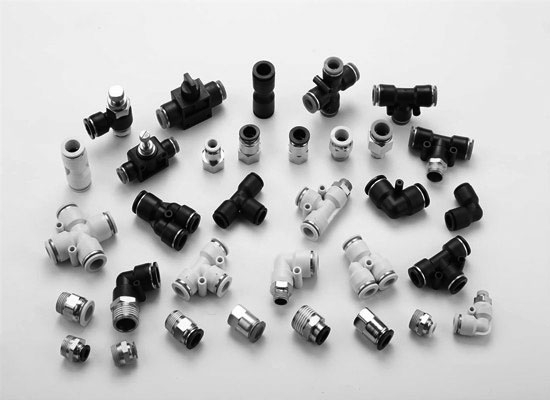
May 07, 2025 Blog
Comprehensive Analysis of Pneumatic Push in Fittings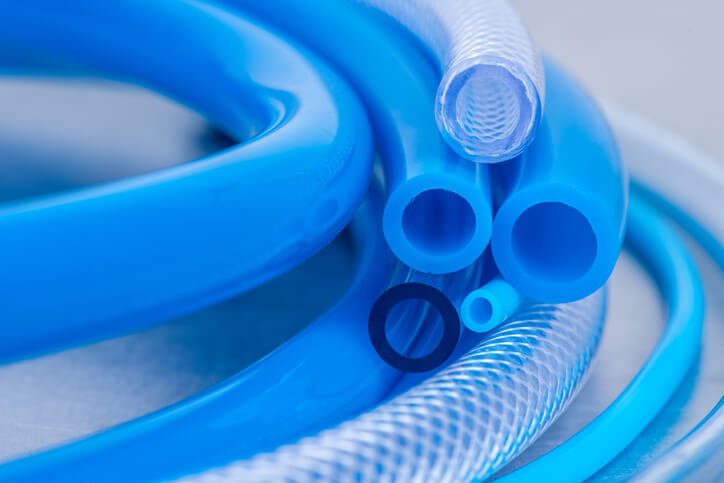
Apr 22, 2025 Blog
Solution for Nylon Tube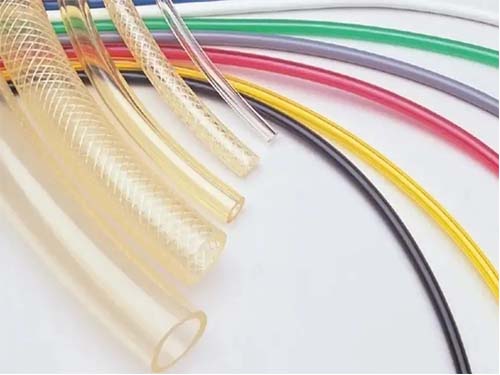
Apr 16, 2025 Blog
PVC Tubing vs. Polyurethane Tubing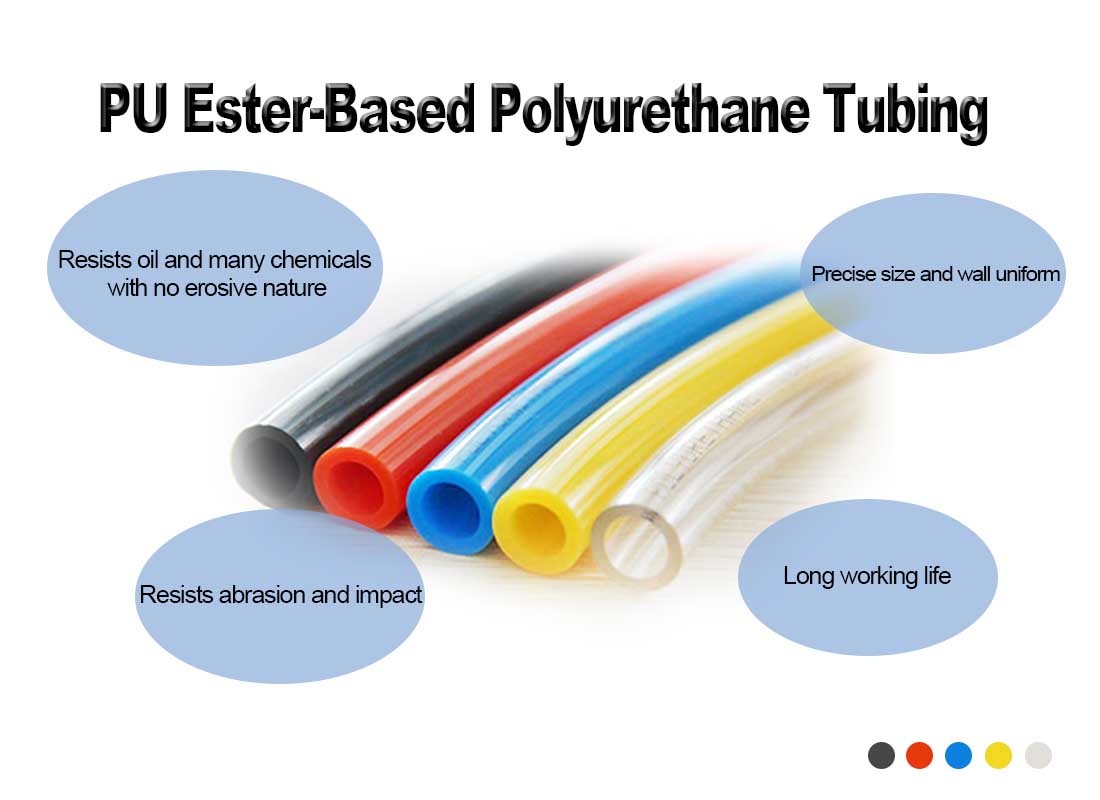
Apr 10, 2025 Blog
What is the difference between pu and pvc
Feb 24, 2025 Blog
How to Identify Hydraulic Quick Couplers?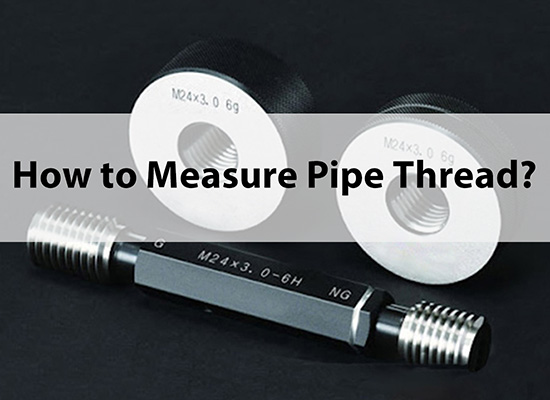
Jan 21, 2025 Blog
How to Measure Pipe Thread?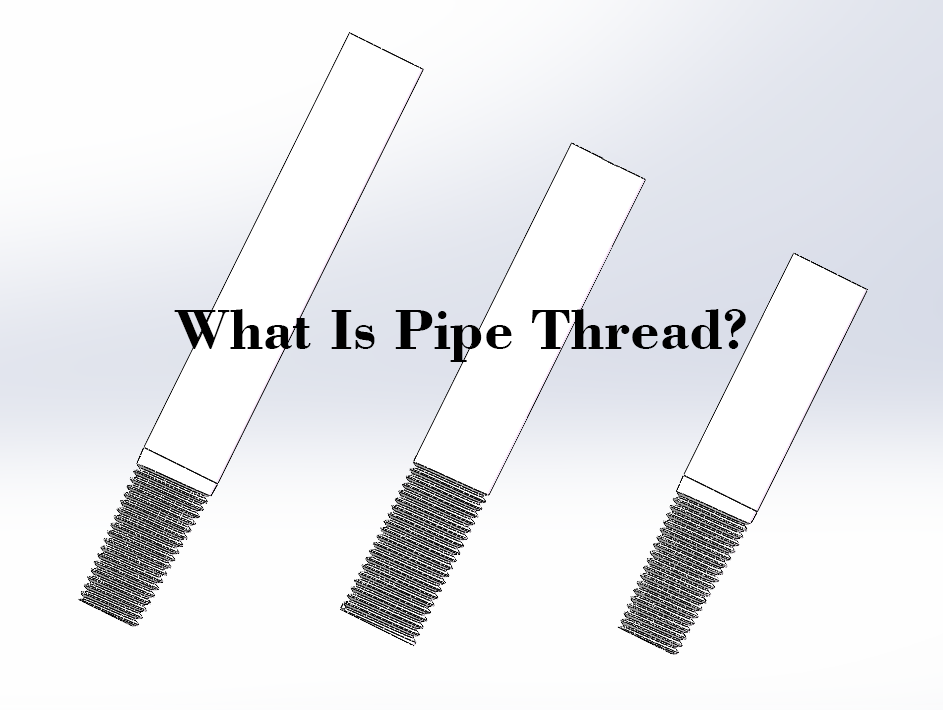
Jan 16, 2025 Blog
What Is Pipe thread?
Dec 04, 2024 Blog
Application Of Tube Fitting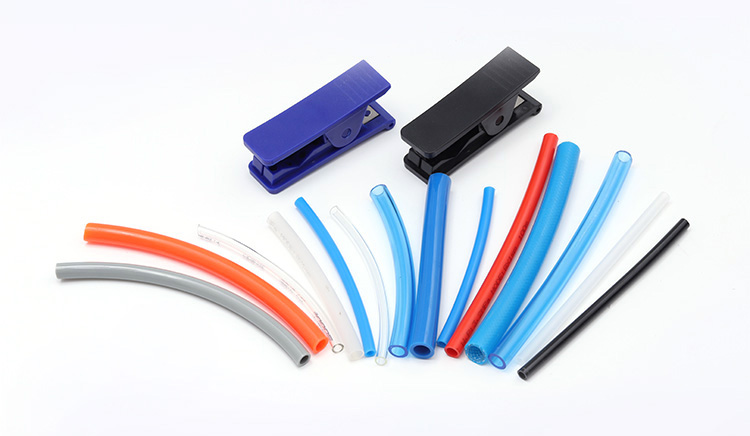
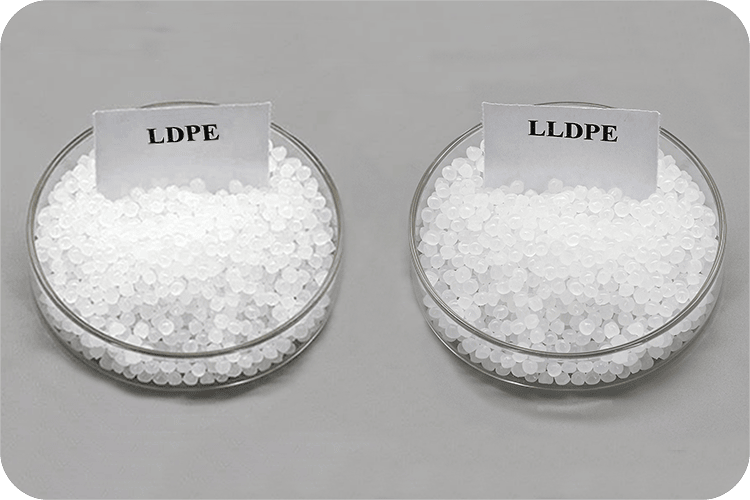
Jun 26, 2023 Blog
What Is The Difference Between LLDPE And LDPE?
Jan 17, 2023 Blog
What Are The Classification Of Plastics?Links: www.fescolo.com(Pneumatic)
FOKCA ©1998-2025 All Rights Reserved Sitemap